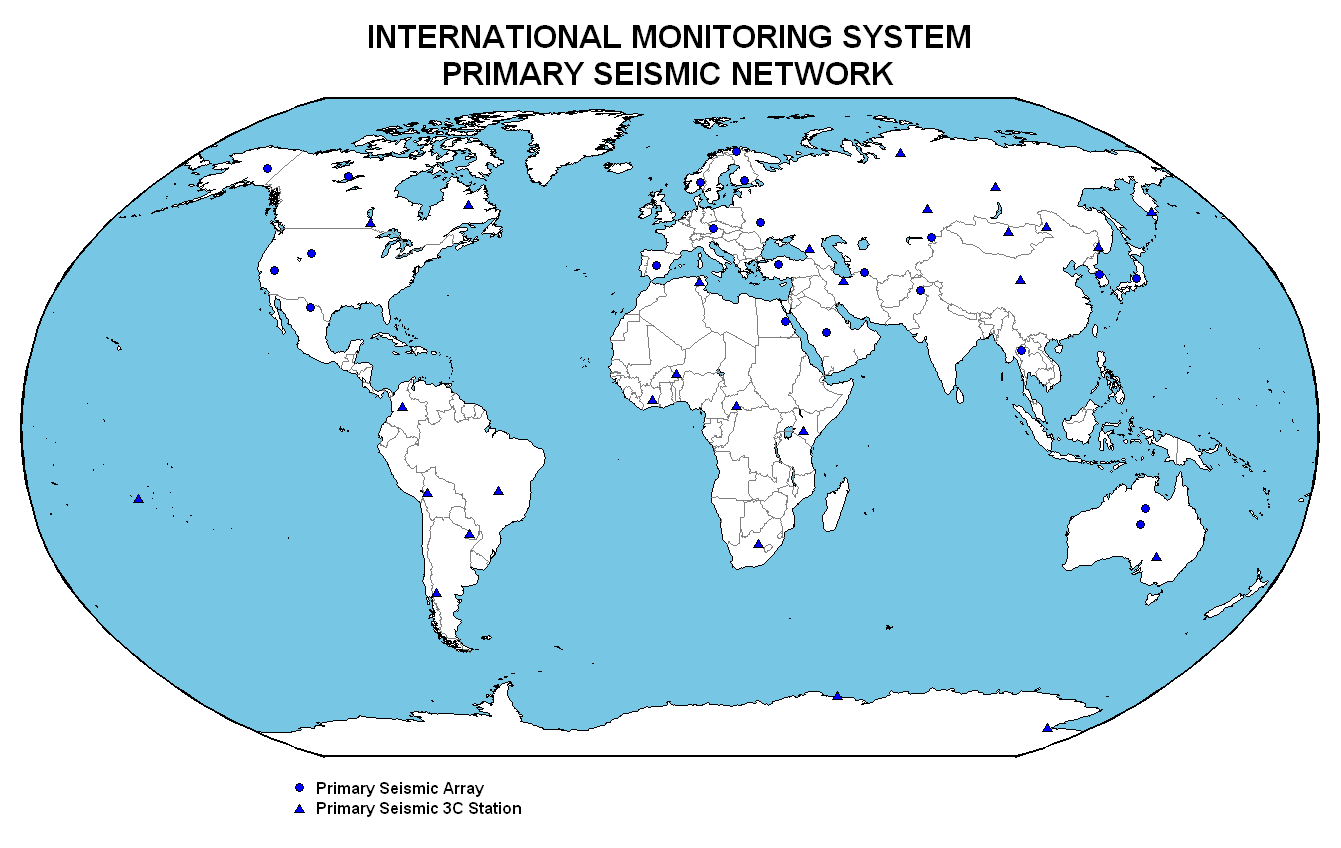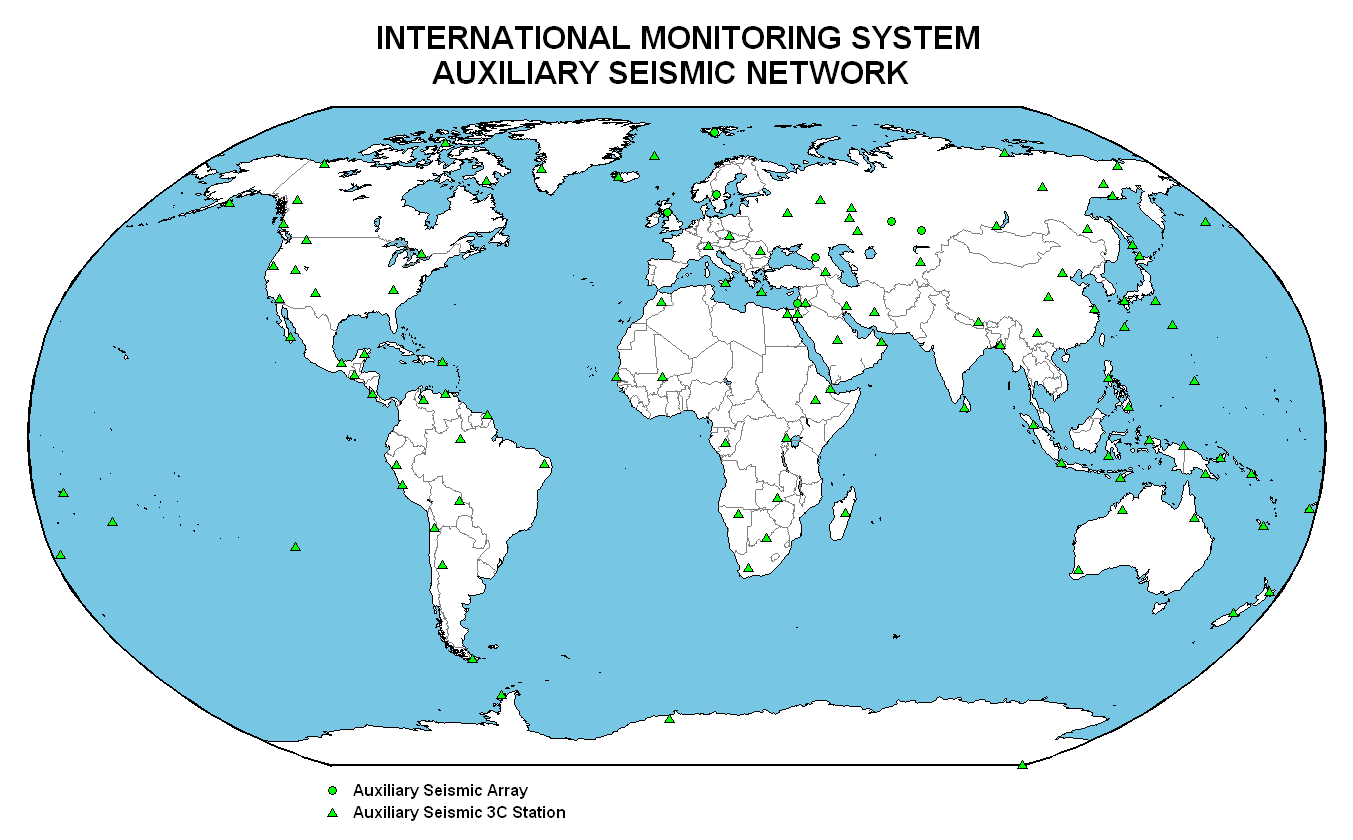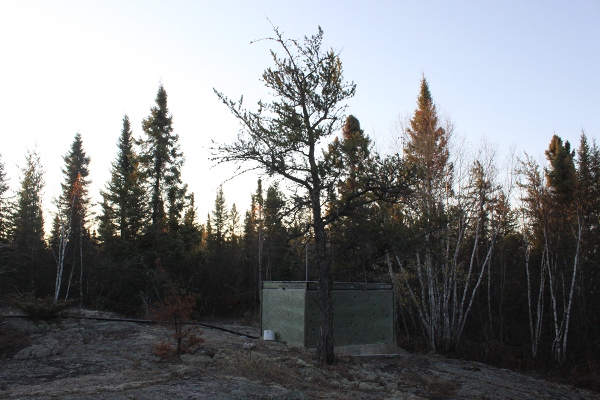IMS Seismic Network
The IMS Seismic Network acts as the backbone technology for nuclear explosion monitoring. Its main purpose is to detect, locate and identify nuclear explosions occurring underground by measuring the vibrational waves produced by an underground explosion. This process of detecting and locating explosions shares much in common with how global earthquakes are located and measured, and methods of reliably discriminating between these two types of sources continue to be an area of active research.
The primary IMS seismic network consists of 50 seismic stations and arrays that provide continuous data to the IDC. This primary network is supplemented by 120 auxiliary stations and arrays, from which data are made available on request. Auxiliary station data are mainly used for improving the location of seismic events detected by the primary network. The data from these auxiliary stations can be retrieved by the IDC as needed for accurate epicentre and magnitude determination.
Canada's contribution to the primary seismic network includes operating and providing data from the Yellowknife Seismograph Array near Yellowknife, NWT and two 3-component broad-band stations, ULM and SCHQ located in Manitoba and Quebec respectively. Canada also provides auxiliary seismic data from another six 3-component broad-band stations located around the country; BBB , DLBC, FRB, INK, RES and SADO. Data from all these stations are made publically available using the CNDC AutoDRM program.



Seismic instruments are located on bedrock, within secure vaults which protect them from both the elements and data tampering.